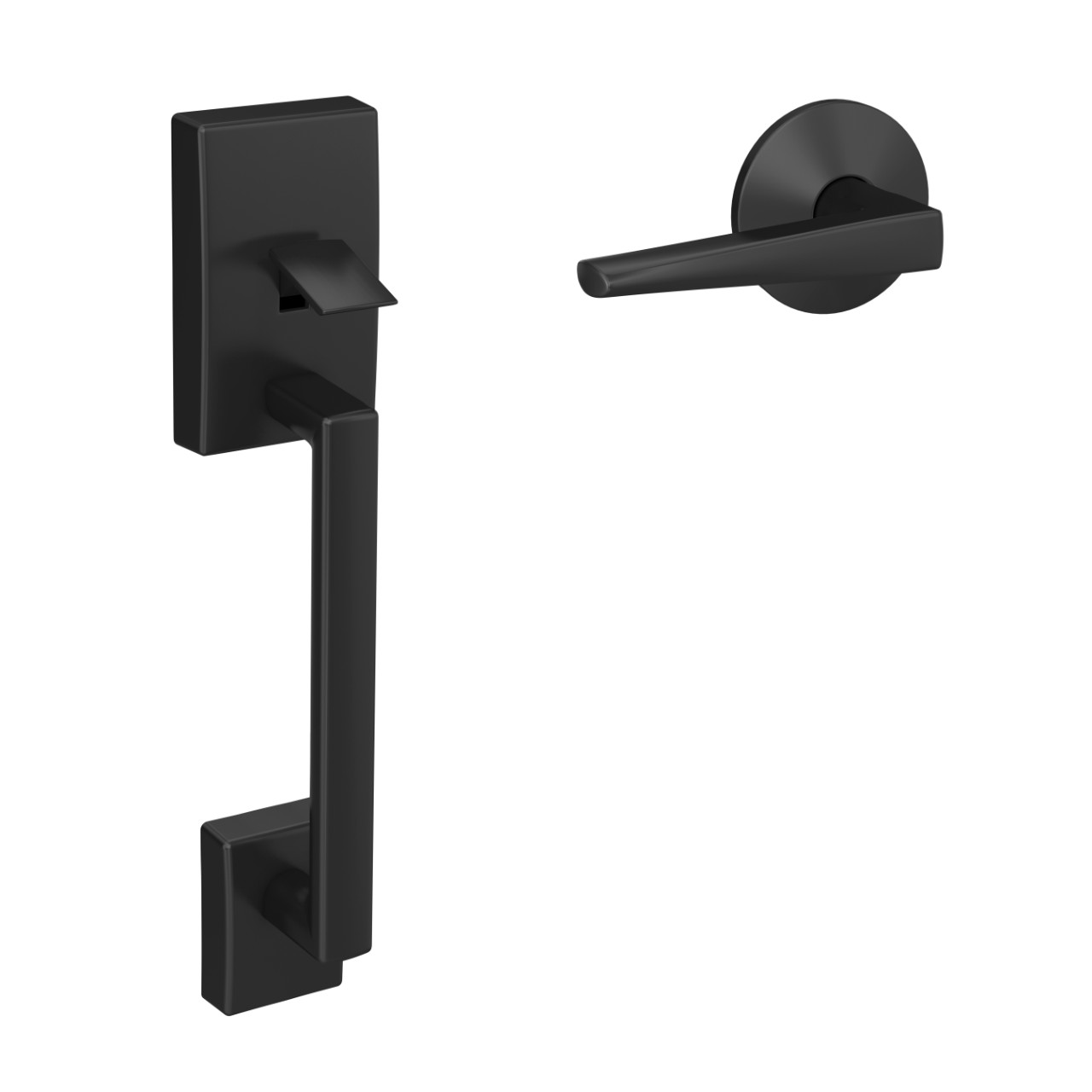Keep an eye on irrigation
Speaking of sprinklers, you have lots of ways to be smart about your irrigation and conserve water. First, try an automated irrigation system. It could be as basic as setting it on a timer so that you don’t (wastefully) overwater your plants. For a more sophisticated route, choose a connected sprinkler. Many of these now connect to the internet and can pull weather data for your region. If rain is in the forecast, it will automatically stop watering your garden until it’s needed again. These smart sprinklers also have other features that help you monitor water usage, so you can be even more environmentally friendly.
If you’re more into traditional watering methods, try rain barrels, which let you recycle what nature already provides, or drip irrigation. Drip irrigation has an additional benefit in that it makes sure you’re watering the soil, not the leaves of your plants. This is a good tip to remember when you’re using a watering can on your container plants, too. Dousing the leaves doesn’t get the water where it’s needed most. Plus, moisture on the leaves can often cause them to get moldy and rot.
When you run your irrigation is important, too. In the middle of the day when it’s hottest means more water will evaporate before it reaches your plants’ roots. Aim to water your garden later in the day when it’s cooler, even after the sun goes down.


















